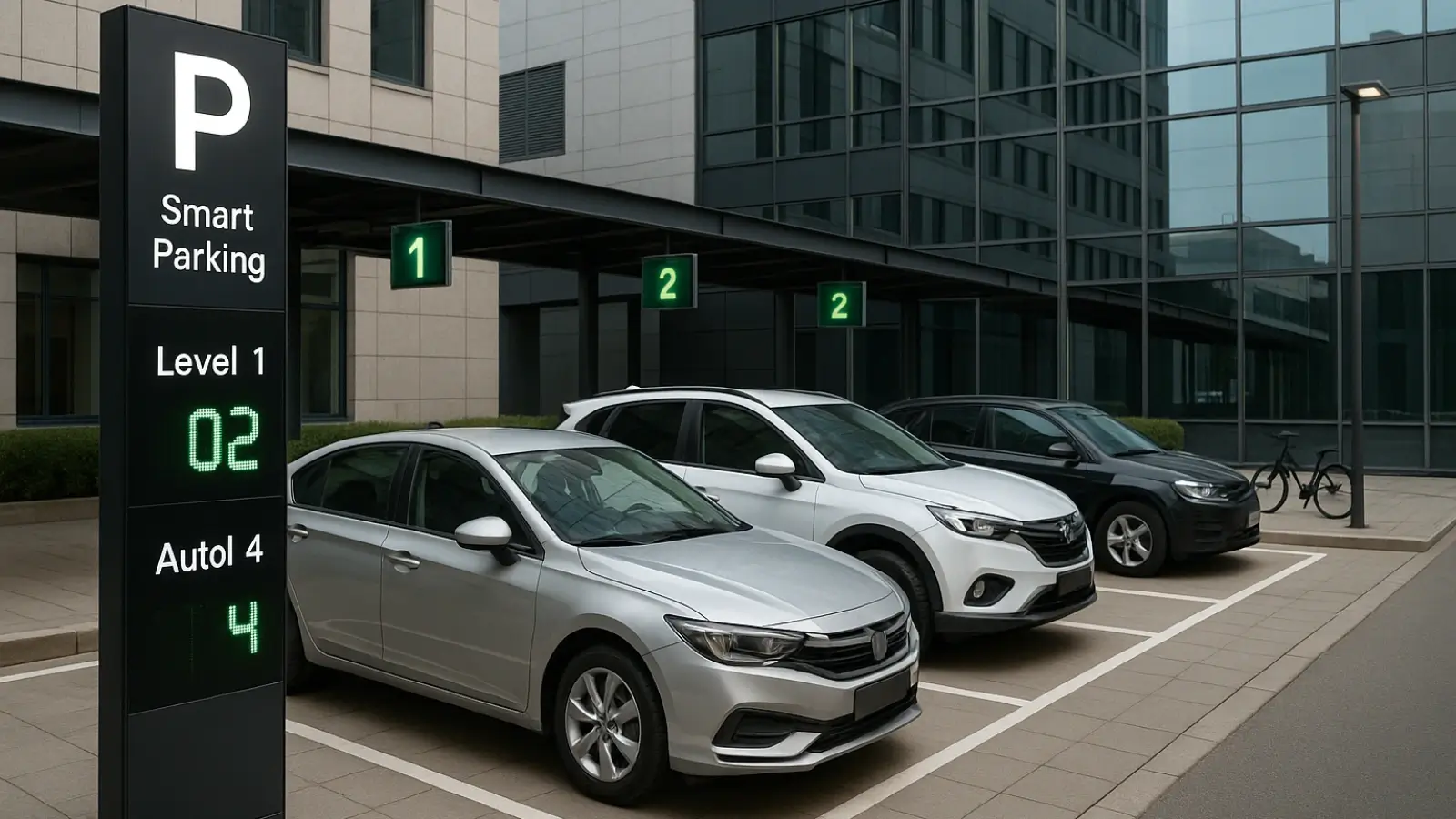With the exponential rise in video consumption on mobile devices, Android has emerged as a dominant platform for both casual viewing and professional video delivery. Whether you are building an e-learning app, a video streaming service, or an enterprise training solution, selecting the right video player for Android is crucial.
But in an age where piracy is a growing concern, having an encrypted video player is no longer a luxury — it’s a necessity. In this article, we explore how to combine smooth Android video playback with industry-grade video encryption for optimal performance and protection.
Why Android Video Playback Is So Critical
Android powers over 70% of the global smartphone market. Its open-source flexibility, wide device compatibility, and massive user base make it the first choice for businesses looking to distribute video content at scale.
Whether your users are watching tutorials, training modules, entertainment content, or webinars — they expect:
- Fast loading
- Adaptive streaming
- Offline viewing support
- Mobile responsiveness
- Smooth playback on low bandwidth
A well-optimized video player for Android is at the heart of all these expectations.
Challenges with Android Video Playback
While Android offers powerful APIs and customization opportunities, developers often face challenges like:
- Fragmented device ecosystem (different screen sizes, OS versions)
- Varying GPU and codec support
- Lack of standardized security features
- Susceptibility to screen recording and app tampering
These issues become especially problematic when delivering paid or premium content. That’s where encrypted video playback comes into play.
What is an Encrypted Video Player?
An encrypted video player uses secure streaming technologies to ensure that video files cannot be easily downloaded, copied, or intercepted during playback. Encryption happens at multiple levels:
During Storage: Video files are stored in an encrypted format.
During Delivery: Encrypted streams are sent via protocols like HLS or MPEG-DASH with secure key exchange.
During Playback: The player decrypts the video using license keys, typically managed by a Digital Rights Management (DRM) system.
This ensures that even if someone tries to intercept the file or stream, it remains unusable without the correct playback environment.
Key Benefits of an Encrypted Video Player on Android
1. Piracy Prevention
Encryption deters downloaders, screen capture tools, and unauthorized app clones from accessing your premium content.
2. Content Monetization
Secure streaming protects subscription or pay-per-view models and supports licensing agreements, especially important for media companies and educational publishers.
3. User Trust & Brand Reputation
Ensuring that your content is only accessible through legitimate channels builds trust and credibility among viewers.
4. Compliance With Licensing Terms
If you distribute third-party content or work with regulated industries, encrypted playback ensures you meet compliance and legal standards.
Features to Look for in a Secure Android Video Player
When integrating a video player for Android with encryption capabilities, consider these essential features:
- DRM Support (Google Widevine Level 1 preferred)
- Offline DRM Download
- Dynamic Watermarking to deter screen recording
- Adaptive Bitrate Streaming for variable network conditions
- API-Based Authentication and user-level access control
- Secure Video Storage and Tokenized Delivery
- CDN Support to ensure smooth global playback
Whether you're building on ExoPlayer or using a custom SDK, make sure these features are baked into your player stack.
Real-World Use Cases
E-Learning Apps: Teachers upload recorded lessons. Students access them securely, even offline. The encrypted player ensures recordings can't be redistributed illegally.
Media & Entertainment: Subscription-based platforms can deliver blockbuster content without worrying about screen recorders or plugin-based downloaders.
Enterprise Training: Businesses can safely share sensitive onboarding or product training material with global teams via their internal LMS.
Conclusion: Combine Performance with Protection
In today’s mobile-first world, Android is a gateway to global reach — but only if used responsibly. A smooth video player for Android enhances user experience, while a robust encrypted video player ensures your content stays secure.
If you're in the business of premium video content — whether you're an educator, entrepreneur, or enterprise — investing in secure Android playback is one of the smartest steps you can take.
Protect your content, empower your users, and build a mobile video solution that scales confidently across devices, geographies, and business models.

















